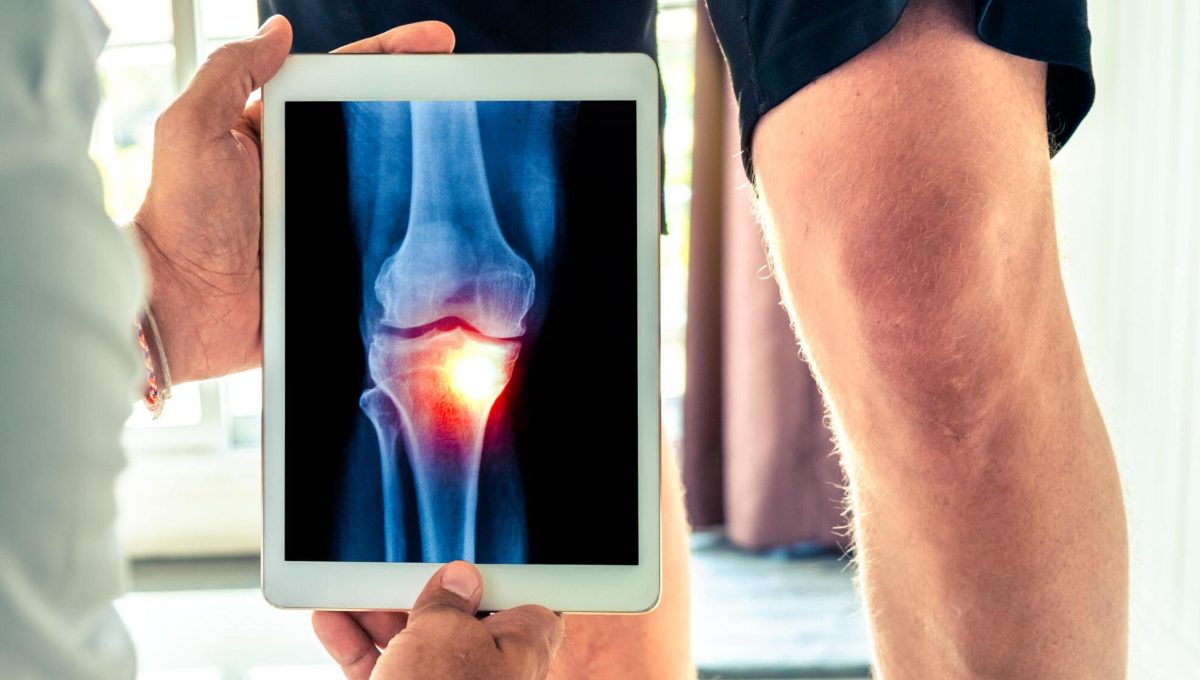- Home
- About Us
- Book Appointment
- Treatments
- Alzheimer’s Disease
- Anti-Aging
- Autism
- Autoimmune Disorders
- Back Pain
- COPD
- Crohns Disease And Ulcerative Colitis
- Erectile dysfunction and Penis enlargement
- Fibromyalgia
- Hip Pain
- Knee Pain
- Lupus
- Lyme Disease
- Multiple Sclerosis
- Muscular dystrophy
- Parkinsons Disease
- Peripheral And Diabetic Neuropathy
- Post Cancer Treatments
- Post Stroke Recovery
- Psoriasis
- Rheumatoid Arthritis
- Shoulder Pain
- Join The Club
- Aesthetics
- Blog
- Contact Us
There is a lot of debate and discussion among medical researchers regarding stem cells and their medicinal applications. It is considered helpful for patients suffering from chronic diseases. Many doctors worldwide already use stem cells for treating Rheumatoid arthritis, an autoimmune condition impacting the lives of nearly 54 million individuals in the United States and is the reason for persistent joint pain and inflammation.
Stem cell therapy helps manage chronic pain and slows down the progression of Rheumatoid Arthritis, improving patients’ overall health. This blog post is a comprehensive guide to stem cell therapy for Rheumatoid Arthritis and how it works to relieve arthritis pain.
Why are stem cells used in treating Rheumatoid Arthritis?
Rheumatoid Arthritis (RA) is a chronic inflammatory disorder where the body’s immune system starts attacking its healthy tissues instead of protecting the body from foreign invaders and infections. In RA, the most affected areas are joints in the hands and feet, resulting in inflammation, pain, stiffness, swelling, and loss of function.
Although pain-relief medications are available for treating RA, the results are insufficient in the sense they only provide temporary relief. Therefore, introducing stem cells in medical science has brought new hopes to patients. Stem cell therapy is one of the pathbreaking advancements that showed great promise in alleviating the symptoms of Rheumatoid Arthritis.
Now, the question is, “What is so special about stem cells?” Stem cells are undifferentiated cells in the human body, capable of dividing and duplicating themselves. They can differentiate into any particular cell type, such as cartilage, bone, or nerve cell. Stem cell experts and advocates believe that when the cells are delivered into affected areas, they transform to meet the body’s specific needs.
Where do the stem cells come from?
Stem cells can be isolated from various sources, such as bone marrow, fat or adipose tissues, hip bone, and umbilical cord tissue. Because of their high proliferation capacity and multipotency, mesenchymal stem cells derived from umbilical cord tissue are the most common cell type used in treating rheumatoid arthritis
The process of stem cell collection is termed harvesting. After extracting cells from their sources, they are concentrated and processed in a clinical laboratory to prepare stem cell injections.
Read Also: Healing Power Of Stem Cell Therapy: A Comprehensive Guide
Who can receive stem cell therapy for Rheumatoid Arthritis?
There are no specific professional guidelines on who can or cannot receive stem cells. The decision rests on the doctors and medical professionals in charge of the treatment.
To ensure the safety of the patients, most doctors consider specific criteria before recommending cell-based therapies to their patients. For instance, they will check your age and weight and other health vitals to see whether you are physically fit for the treatment.
They may also assess your medical history, the severity of the RA symptoms, and the extent of joint damage before giving you a green signal for receiving stem cells.
Healing Mechanism of Stem Cells For Treating RA
With their unique regenerative power, stem cells promote the repair or replacement of damaged tissues in the affected joints. Most often, stem cells are administered to the patient’s body via intravenous infusions. The cells travel through the bloodstream to reach the target areas and start healing.
Rheumatoid Arthritis leads to joint degeneration due to damage or loss of cartilage tissues, bone erosion, and joint deformity. The critical goal of stem cell therapy is to reverse the damage by stimulating the production of healthy cartilage tissues and restoring joint function and mobility.
Regenerative treatment approaches like stem cell-based therapy address Rheumatoid Arthritis by targeting the root cause. Stem cells have immunomodulatory agents that regulate the immune system, preventing the self-immunological attack on its tissues.
The injected stem cells differentiate and form cartilage cells to replace the damaged tissues and aid in developing healthy cartilage. They release growth factors and cytokines that slow cartilage degeneration and prevent further loss or damage. Moreover, stem cells’ anti-inflammatory properties suppress inflammation in the joints and decrease pain.
Benefits of stem cell treatment for Rheumatoid Arthritis
Medical research and studies suggest that using mesenchymal stem cells might be beneficial in addressing the underlying mechanisms causing Rheumatoid Arthritis. Let’s see how this innovative regenerative approach aids in treating RA.
- Tissue Regeneration – RA is a degenerative disorder, and stem cell therapy could potentially reverse the damage caused to the cartilage tissues in the joints and regenerate new tissues. When MSCs reach the target areas, they signal other cells to stimulate the body’s innate healing process to renew functional cartilage-developing cells.
- Symptom Relief – Results of a clinical trial on 40 RA patients published on Stem Cells Translational Medicine in 2016 showed significant improvements in their symptoms and joint condition after the therapy.
- Immune Modulation – Stem cells help restore the immune system response and prevent its attack on the healthy body tissues with the increase in levels of T cells. It reduces pain, swelling, and inflammation by regulating the inflammatory response in the affected joints.
- Safety – Cell-based regenerative therapies are reported safe in most studies with no long-term side effects. However, there might be mild side effects after receiving stem cells, like nausea or headache, which is very common and nothing to worry about.
Related Read: Effectiveness and Safety Of Stem Cell Therapy For Arthritis
Why Are Stem Cells Better Than Traditional Treatments?
Stem cell therapy offers several advantages over conventional treatments, so most patients suffering from Rheumatoid Arthritis are considering this regenerative treatment approach.
- Stem cell infusions are minimally invasive, painless, and relatively quick.
- The recovery period is brief, and patients can be up and walking after one to two days.
- There are no side effects of stem cell therapy, unlike pain-relief medications.
- Stem cells have minimal rejection risk because the treatment harnesses your cells or young umbilical cord tissue cells.
How to know If I am fit for stem cell therapy?
The best way to know whether you are the right candidate for stem cell treatment is to speak to your healthcare professional or contact a specialist at a stem cell therapy clinic.
The concerned doctor will assess your current symptoms, medical history, and overall health before determining your eligibility for treatment. You can fill up this patient application form to find your if you are a fit candidate.
Stem Cell Center in Mexico
Mexico has been a famous destination for medical tourism, especially when it comes to stem cell therapy. The cutting-edge technology, robust healthcare system, affordable treatments, and presence of skilled and qualified healthcare professionals make Mexico the leading stop for cellular therapies. Hence, it is no surprise that Mexico has some renowned stem cell clinics.
Life Altering Stem Cell Therapy Institute is a name you can always rely on if you are in Mexico or considering coming to the country for stem cell therapy. Being a recognized institute for stem cell therapy in Mexico, we work to provide patients with high-quality treatments in our state-of-the-art facility.
We use stem cells derived from umbilical cord tissue because research indicates that these are young cells with high therapeutic potential compared to other sources. We follow all the highest safety standard protocols in our therapy procedures to ensure the complete safety of the patients.
Concluding Thoughts
Treating Rheumatoid Arthritis is complex because it is an autoimmune disorder resulting in the degeneration of cartilage tissue due to an overactive immune response. Medical scientists worldwide evaluated stem cell therapy as the most potent regenerative medicine capable of stimulating the body’s natural healing process and treating various medical conditions.
For Rheumatoid Arthritis treatment, stem cells modulate the immune system response and reduce joint pain by suppressing inflammation. With the help of therapy, patients can experience improved joint function and mobility and enjoy a better quality of life.
To know more about stem cells, their therapeutic effects in treating Rheumatoid Arthritis, and the cost of stem cell therapy in Mexico, please schedule a consultation with our medical experts.




